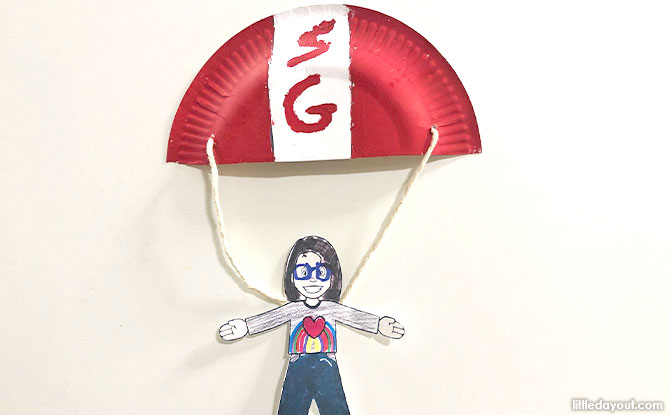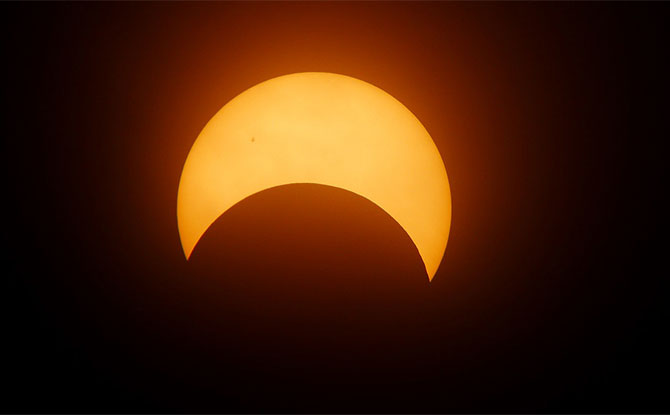
On 20 April 2023, a rare astronomical event will take place – a hybrid solar eclipse. With this type of the solar eclipse, some places around the world will experience a total solar eclipse while others will only experience a partial eclipse.
Here are some things to know about the solar eclipse that will be taking place on 20 April 2023, as shared by the Science Centre Observatory in Singapore.
Solar Eclipse: Facts & Things To Know
What causes a solar eclipse?
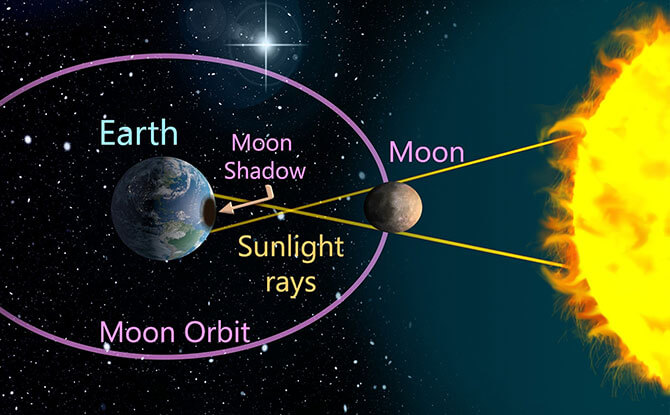
A solar eclipse is the result of the Moon’s orbit and Earth’s curvature. The Moon comes between the Earth and the Sun, creating the shadow of the Moon covering the Sun.
BE PSLE-READY: Join Expert Educators for Revision Boosters to Empower P6 Students
BURP: Join the Sound Collector on a Whimsical Chase at Esplanade – Theatres on the Bay
WEEKEND IDEAS: Get Inspirational Ideas of Things to Do
Places where the Moon is near the zenith during the eclipse, such as the town of Exmouth in Australia, the Moon’s apparent size will be the largest, causing a total solar eclipse. However, places such as Singapore, Indonesia, Philippines and Papua New Guinea, which are out of the complete shadow of the moon will, observers will witness a partial eclipse as only part of the Sun will be covered.
In Singapore, the Moon will only cover an average of 15% of the Sun’s disk at the peak of the eclipse.
What time will the eclipse happen?
The eclipse is expected to happen in three phases:
- Start of eclipse: 10.54 am
- Maximum eclipse: 11.55 am
- End of eclipse: 12.58 pm
Can the eclipse be viewed with the naked eye?
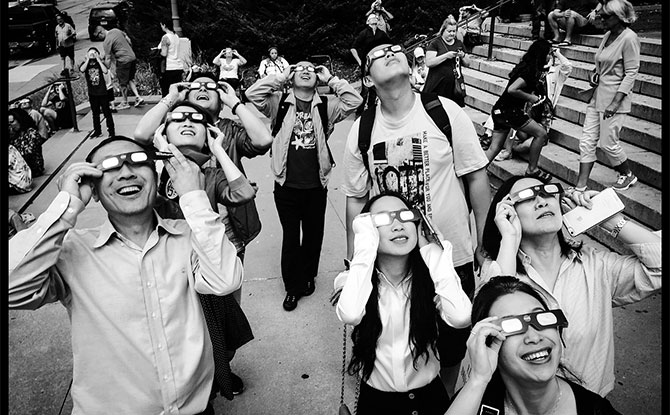
Directly viewing the eclipse with the naked eye is unsafe, and the use of sunglasses and common household or vehicular solar films are also insufficient.
To ensure adequate protection for the eyes, viewers MUST USE specialised solar filters.
Those using telescopes or binoculars to view the eclipse should use proper solar filters designed for the equipment.
Sunglasses and window solar films are not safe and will damage your eyes.
In Singapore, solar glasses built for solar observation can be purchased from Science Centre Singapore’s Curiosity Shop at $5 a pair. You can also secure your solar glasses online at www.gevme.com/fridaystargazing. Solar viewers can also be purchased from the Astro Scientific Centre for $5.90, while stocks last.
How often do solar eclipses happen?
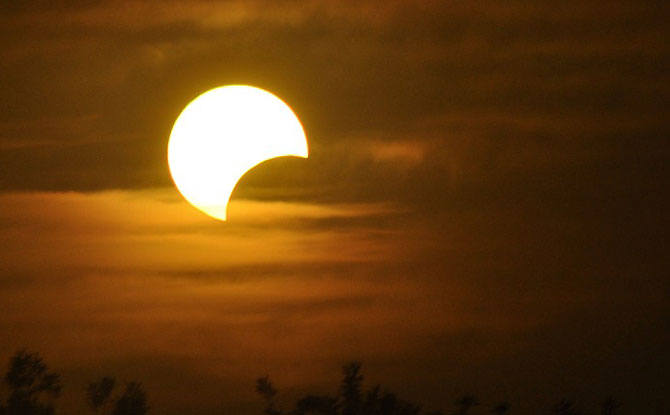
On average, there are two to five solar and lunar eclipses each year, while a total eclipse takes place every 18 months or so. Visibility of the eclipse depends on the location.
The next solar eclipse visible in Singapore is on 2 August 2027. It will be a partial solar eclipse occurring during sunset, which is difficult to catch. Following that, another partial solar eclipse will be visible in Singapore on 22 July 2028.
Where are the best places to view the eclipse?
The solar eclipse can be spotted from most places as it will take place almost directly overhead.
Science Centre Singapore will also host a viewing session at the Ecogarden with telescopes set out offering a safe and magnified view of the eclipse. Admission charges to Science Centre Singapore apply (telescope viewing is complimentary with a Science Centre admission ticket).
A livestream of the eclipse will also be available via Science Centre Singapore’s YouTube channel.















